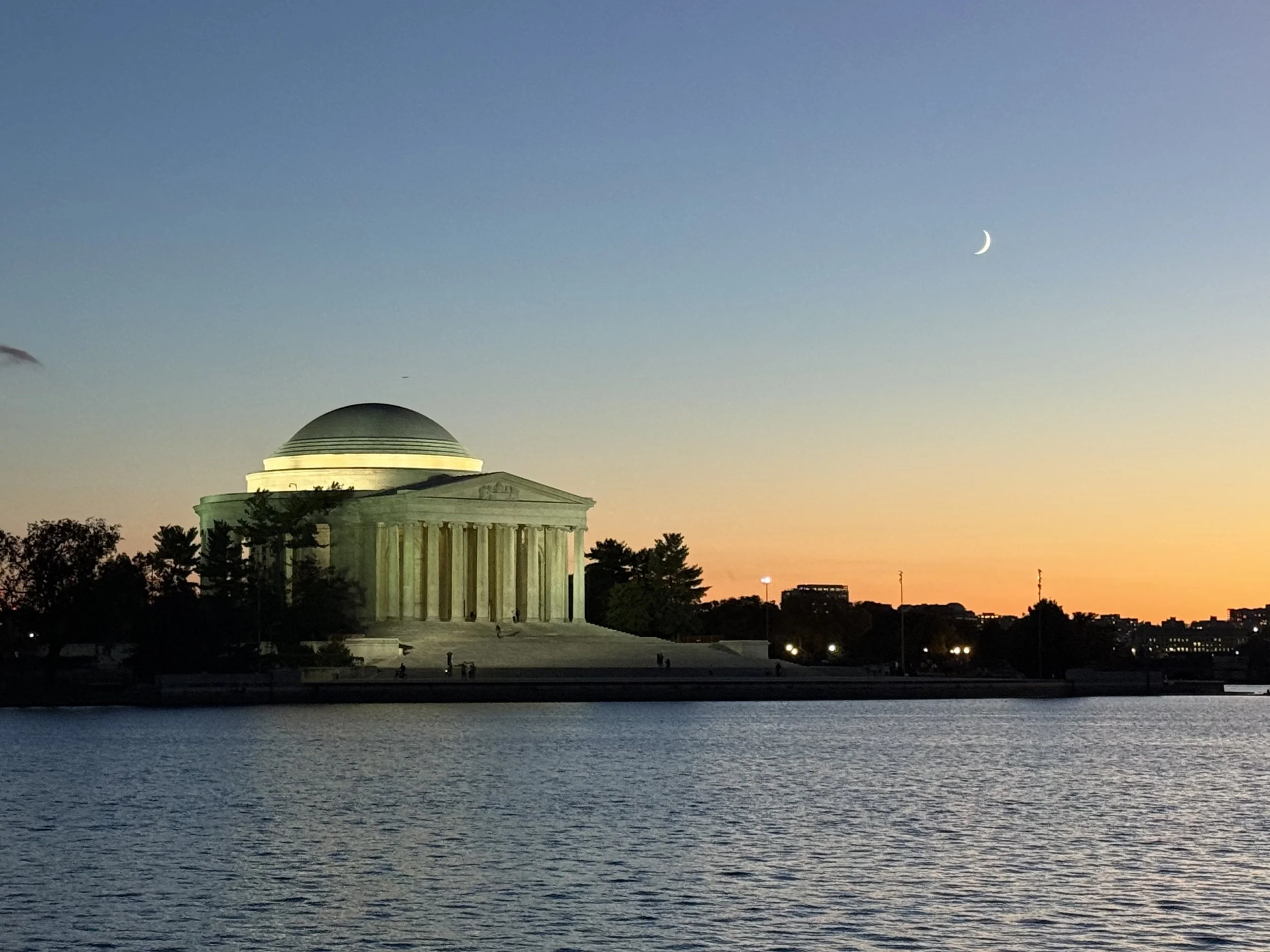The Big Stories from 2022
/As we close in on the end of 2022, it is worth looking back to see what happened this year. I don’t just mean your Spotify Wrapped playlist, although that is fun (Billy Strings, Tyler Childers, Taylor Swift, and the Avett Brothers topped my personal list). I’m instead talking about the big stories in the agricultural world.
This year, Prop 12 dominated national headlines and made us think about whether California can reach over its lines and regulate farming practices in other states. The oral argument at the Supreme Court led many to wonder whether the justices were thinking beyond Prop 12 and agriculture to other areas of our lives. Some other states have considered or already passed similar restrictive livestock laws.
Wetlands and waters of the United States (WOTUS) were in the news again, as the Supreme Court heard the Sackett case for the second time. At stake is how to determine when “wetlands” constitute a jurisdictional water and therefore require a permit before any construction activities can begin. Will the Supreme Court or the White House decide this issue?
On a more local level, solar developments are all the rage. Sometimes they even cause rage. Should agricultural land be used for industrial scale solar? This battle is primarily playing out in planning and zoning meetings across the Midwest. Some counties encourage this development, seeing the economic and climate benefits it brings, while counting on farming practices being allowed in and around the panels as agrivoltaics became one of my words of the year. Other counties aren’t so sure, and have limited or banned solar on farmland. Expect this conversation to continue into 2023.
Carbon capture and storage (CCS) is one of the key environmental practices that has and will continue to impact agricultural land uses. We think about carbon sequestration by using no-till, cover crops, and other regenerative farming methods. CCS takes another step by capturing carbon emissions at their source and then injecting the carbon thousands of feet below ground into the pore space, where it can be safely stored and kept out of the atmosphere. This issue pops up in various areas: land use, private property rights, ESG reporting, and economic development. More to come in 2023.
Per- and polyfluoroalkyl substances (better knows as PFAS) caused consternation this year as studies showed how widespread these “forever chemicals” are and the EPA proposed to regulate them as a hazardous substance under CERCLA. This could require extensive investigation and remediation at factories, dairies, crop land, Air Force bases, and other locations. It could also put into place new reporting requirements that have the potential to blow the door open to litigation.
This list isn’t exhaustive or exclusive. Like my Spotify year-end playlist, some deserving and very popular topics were surely missed. There’s always next year.



